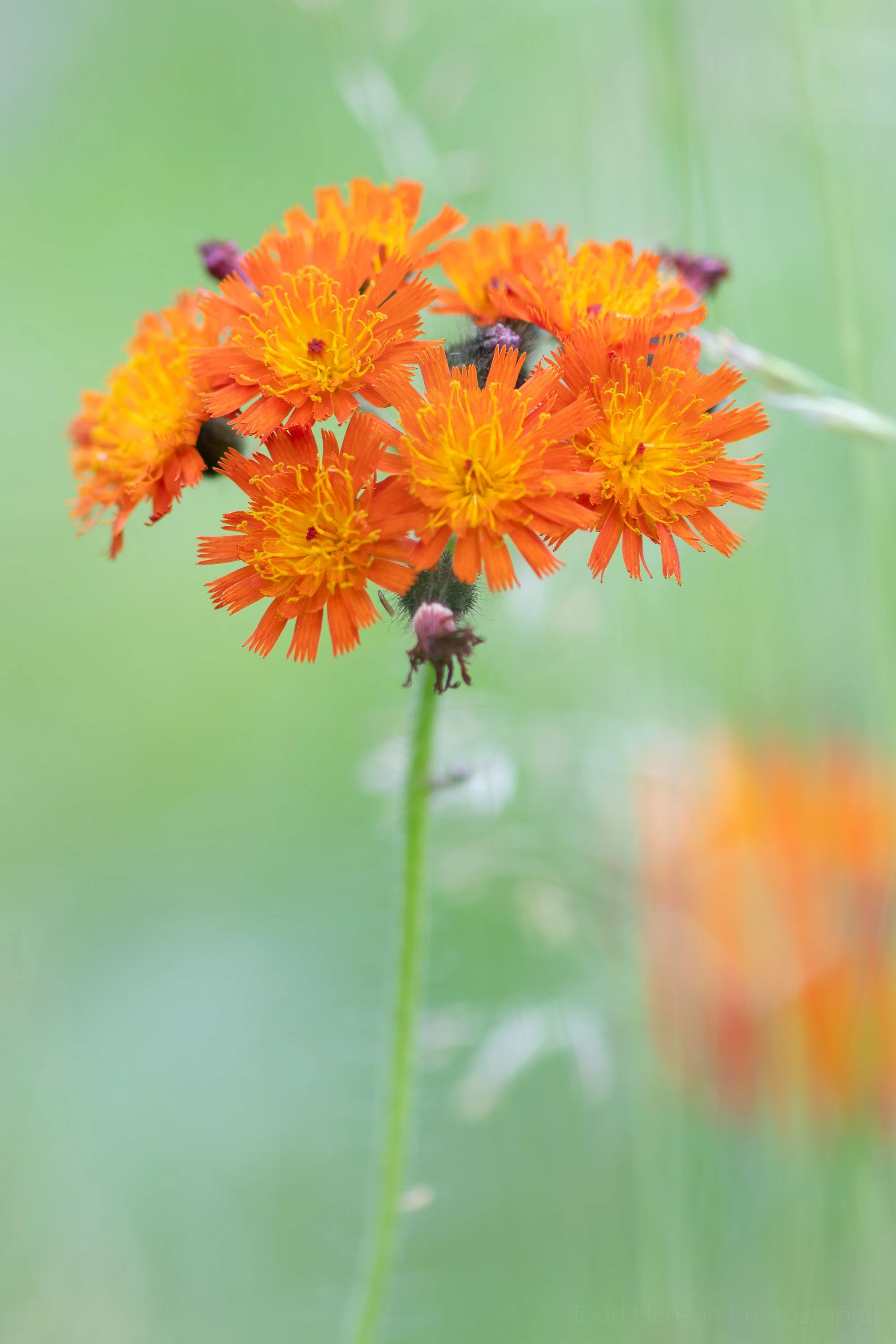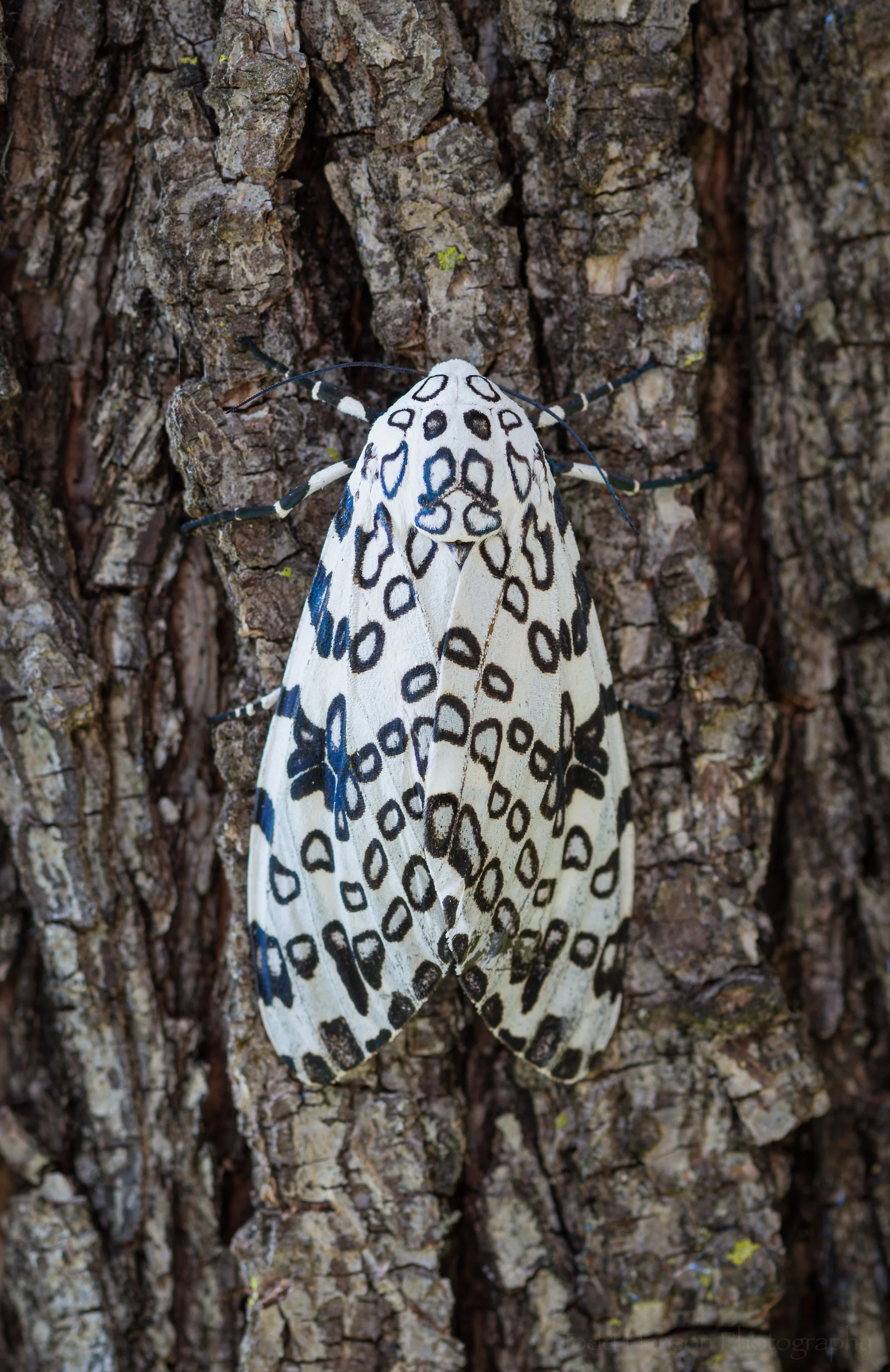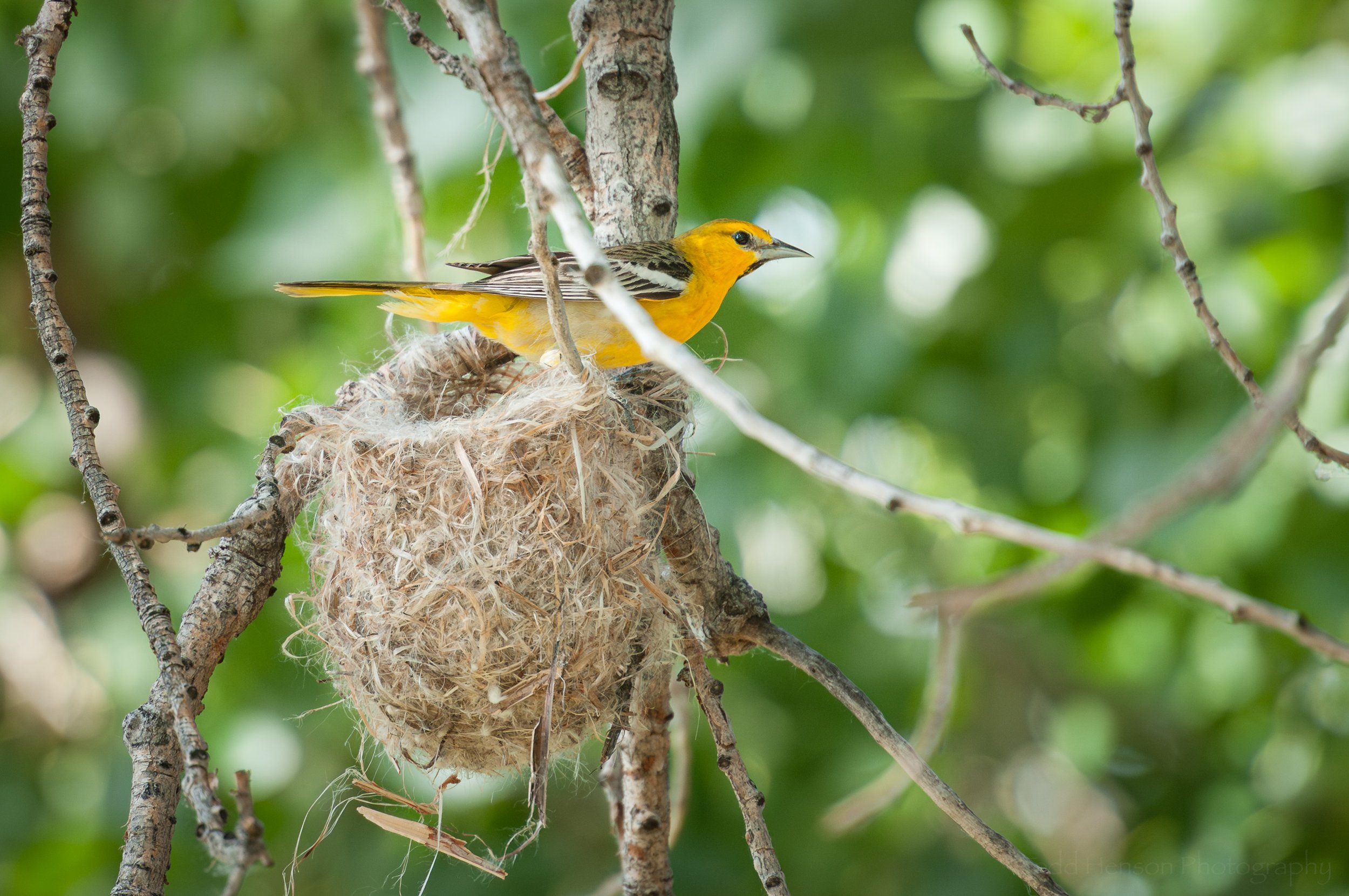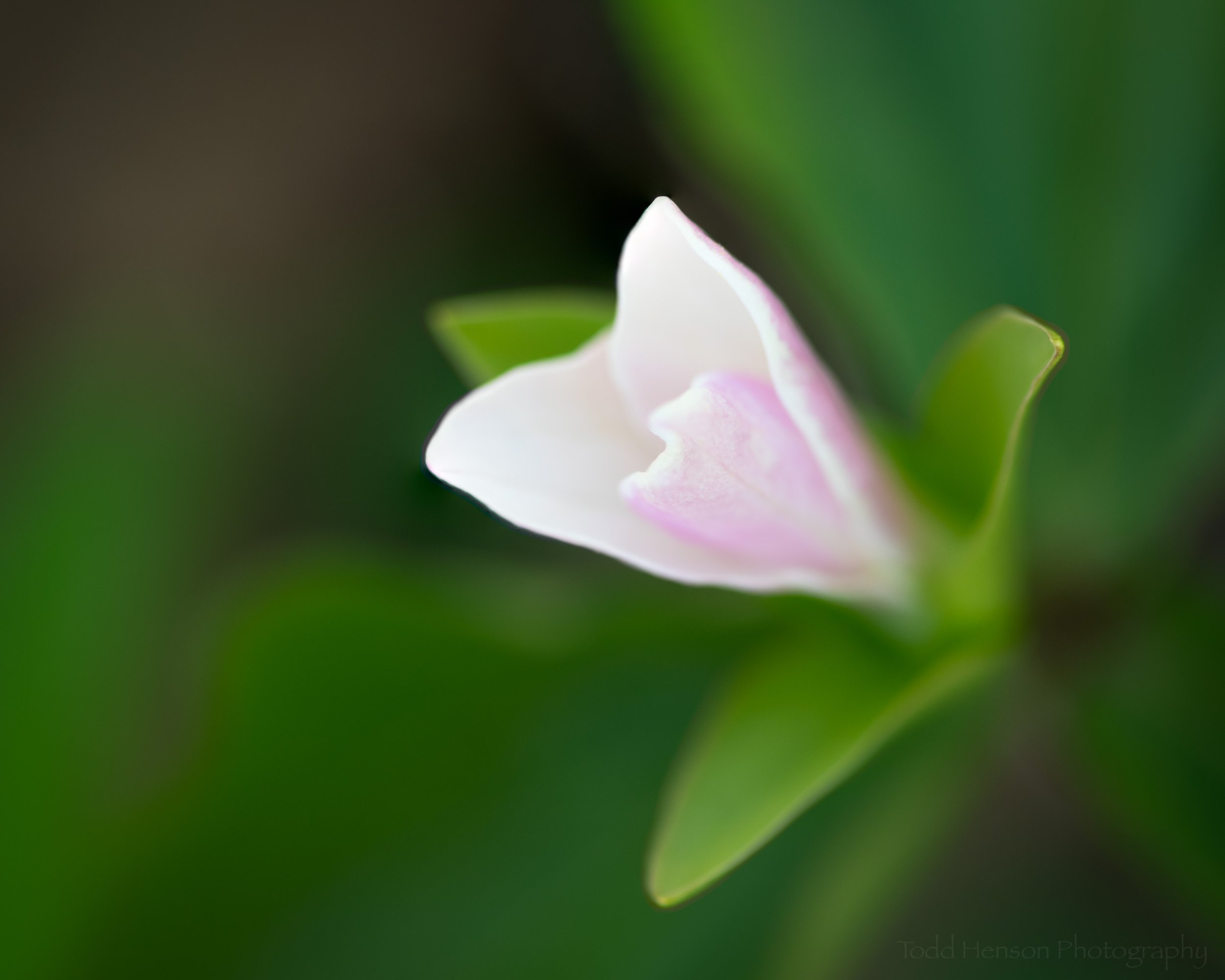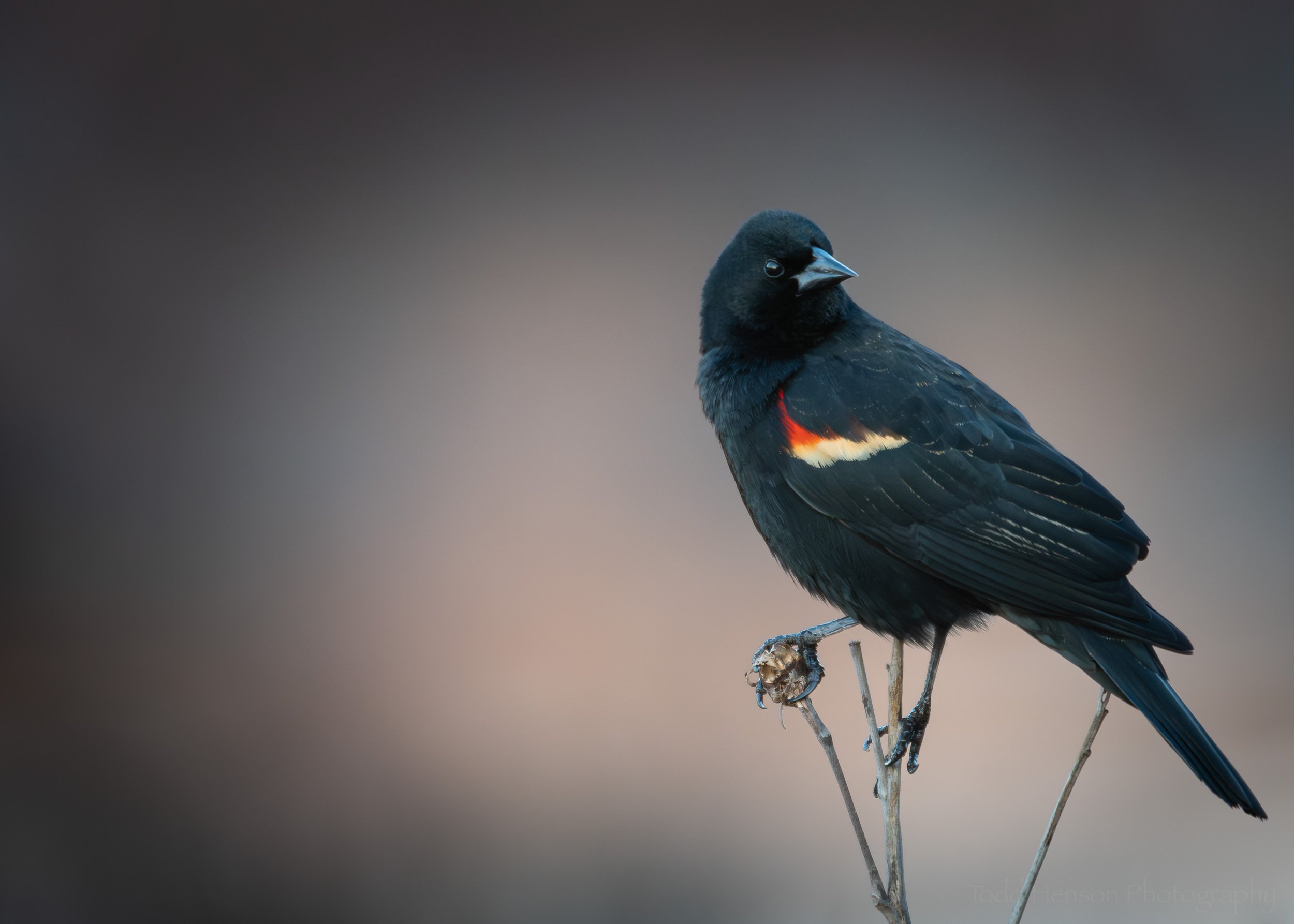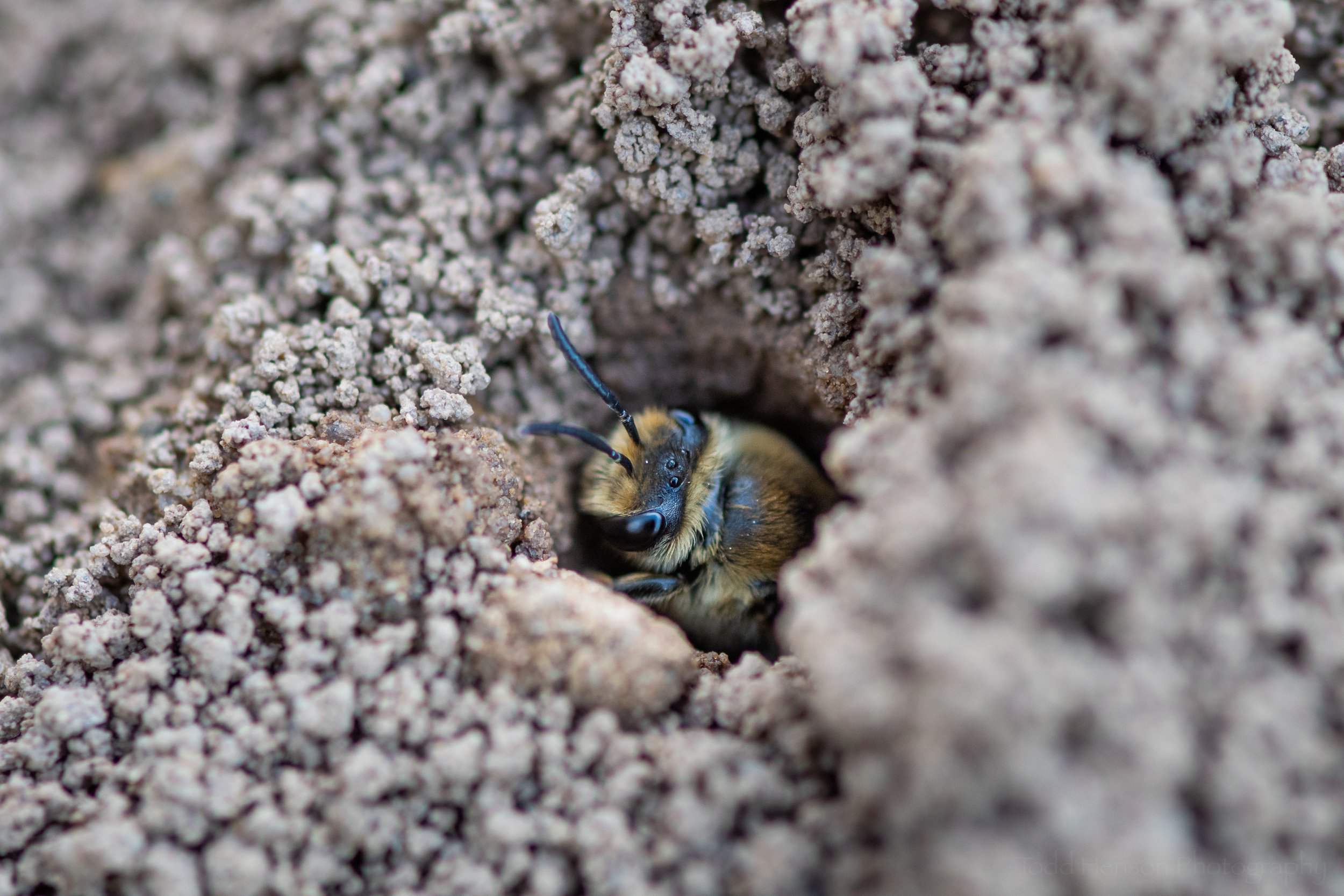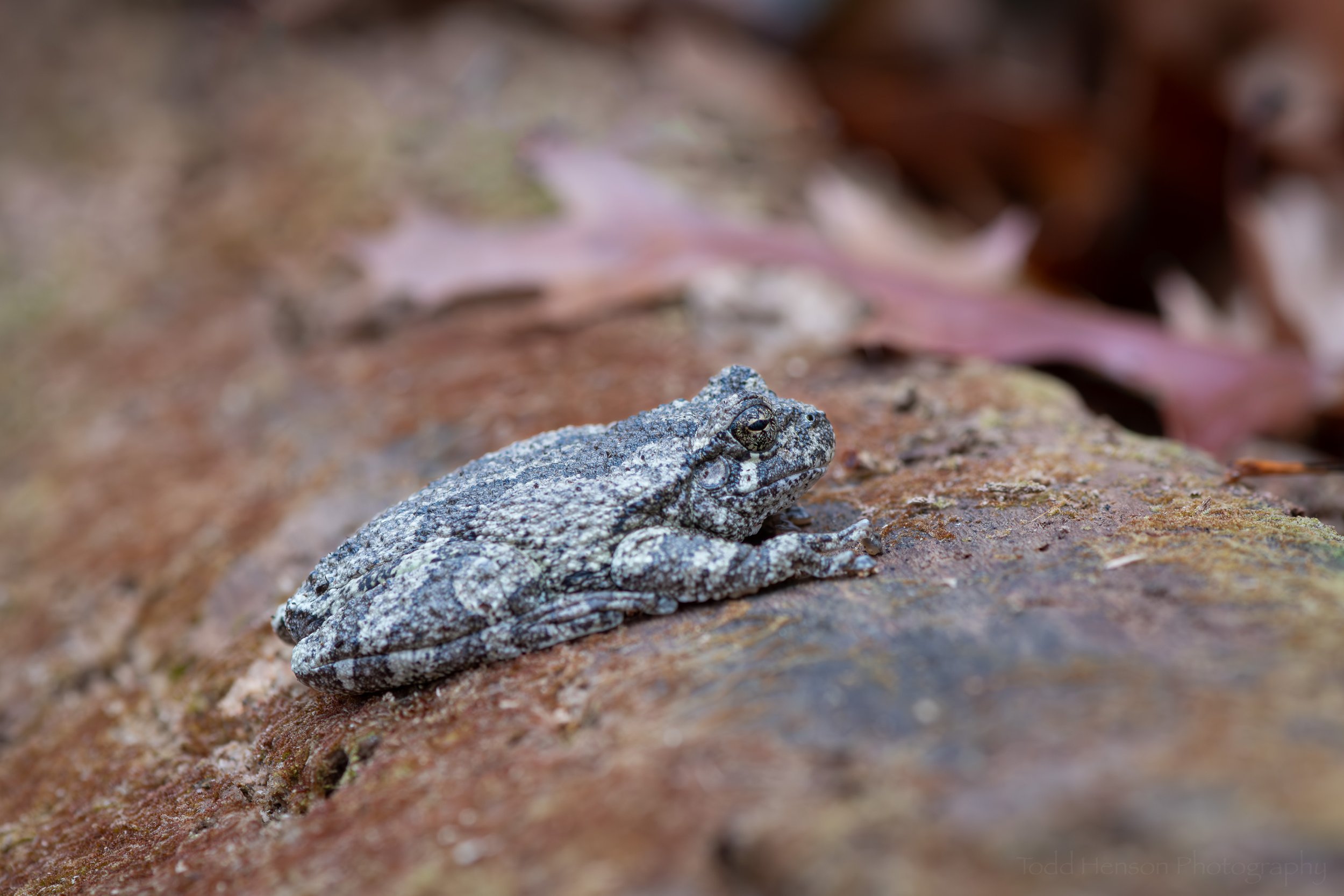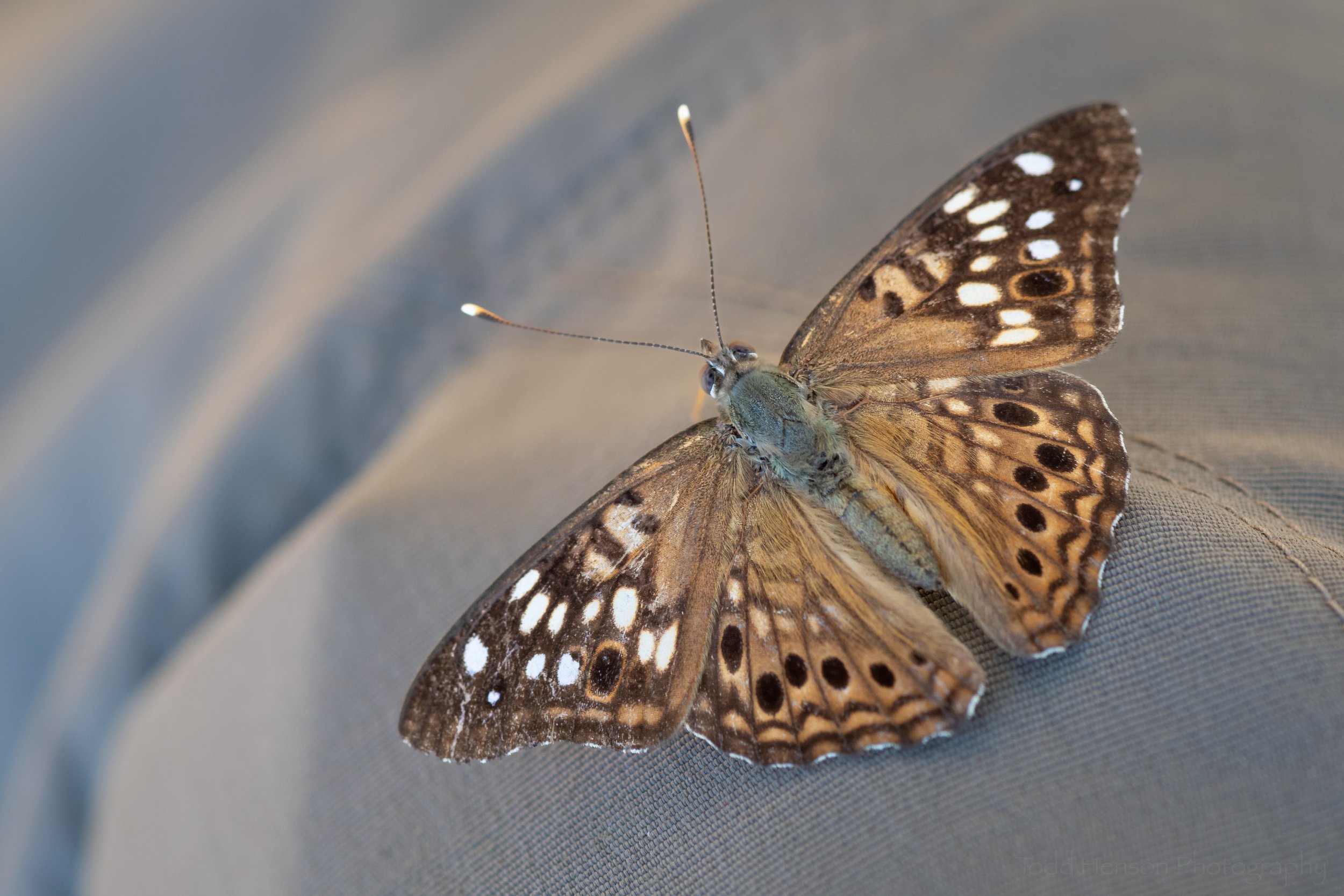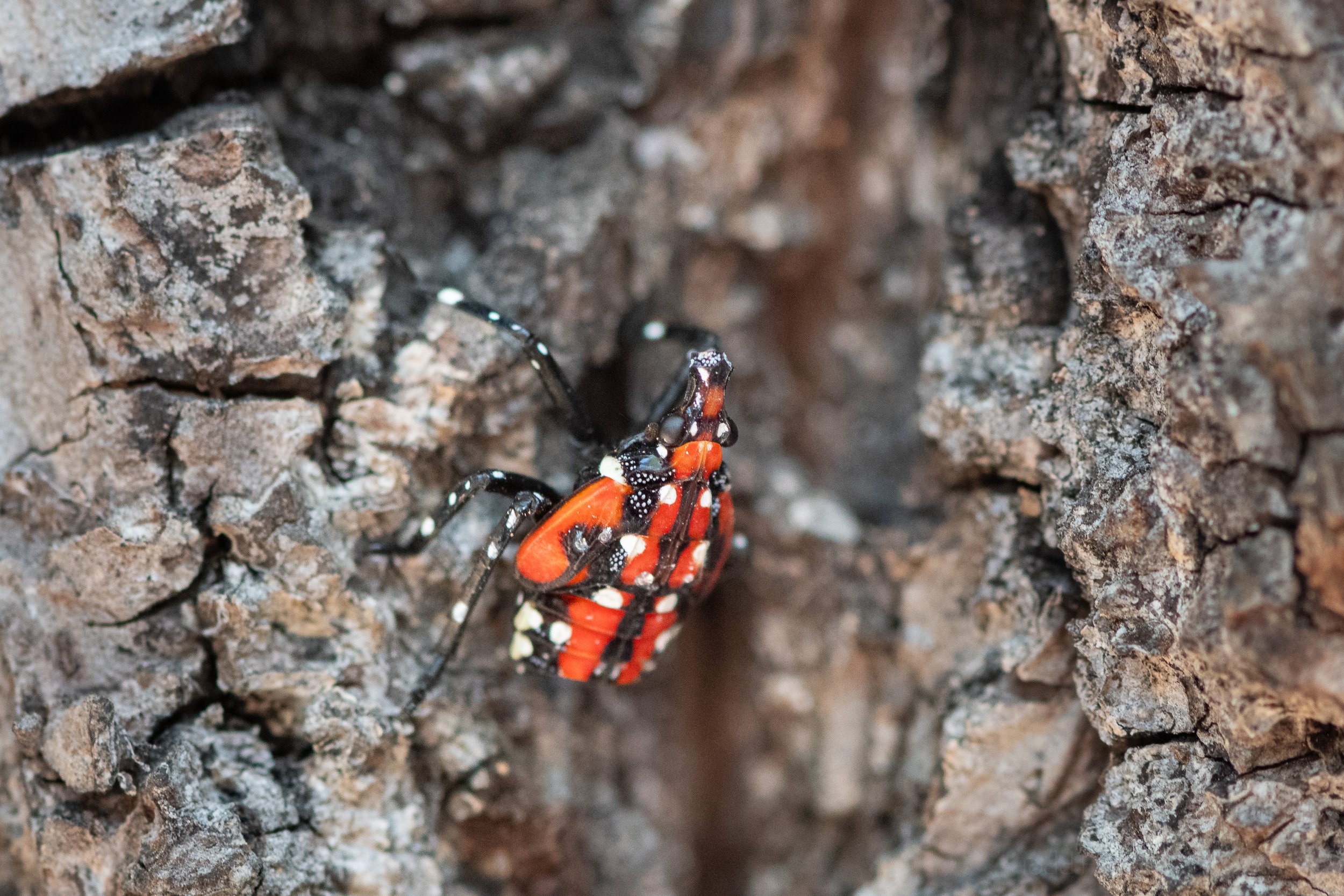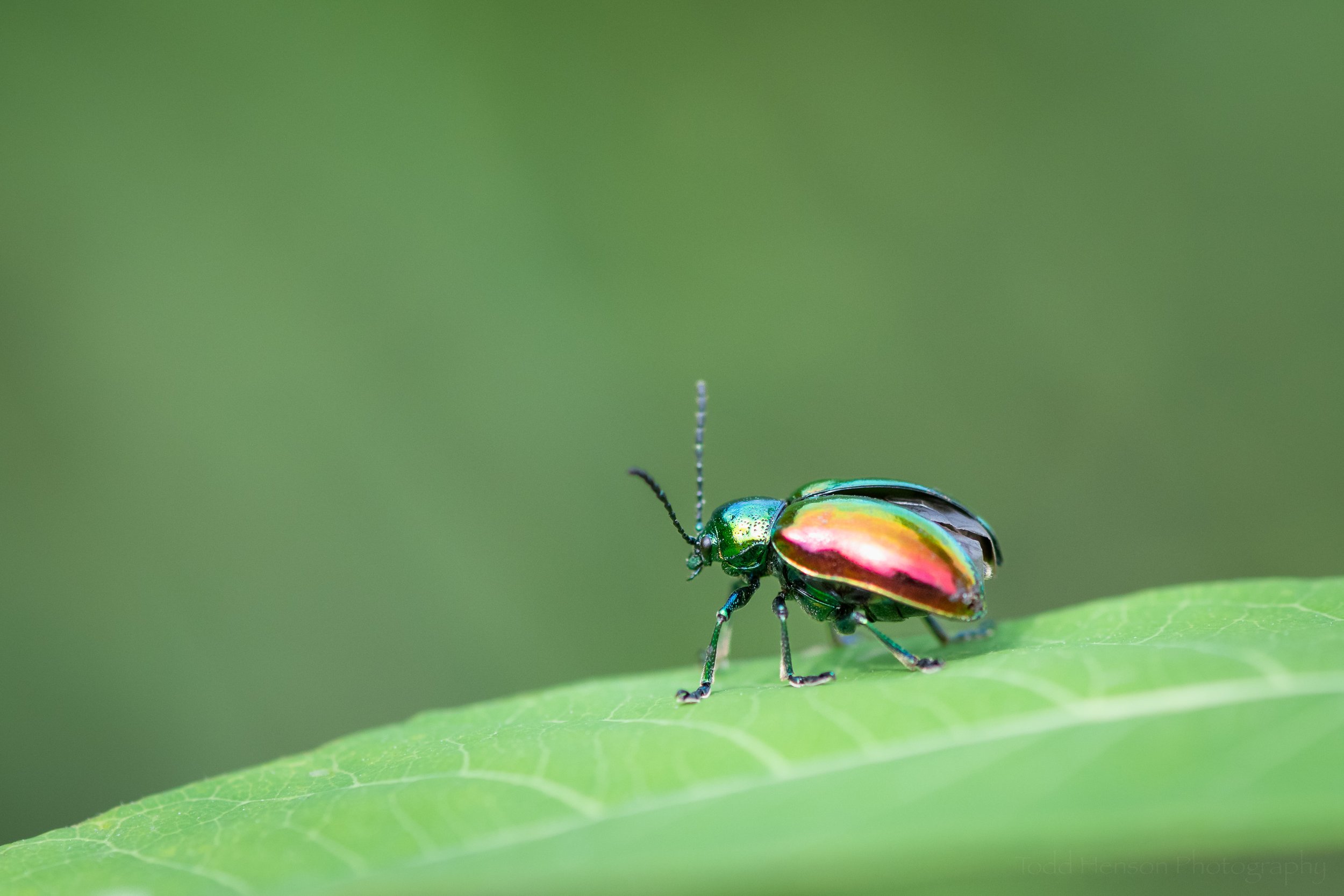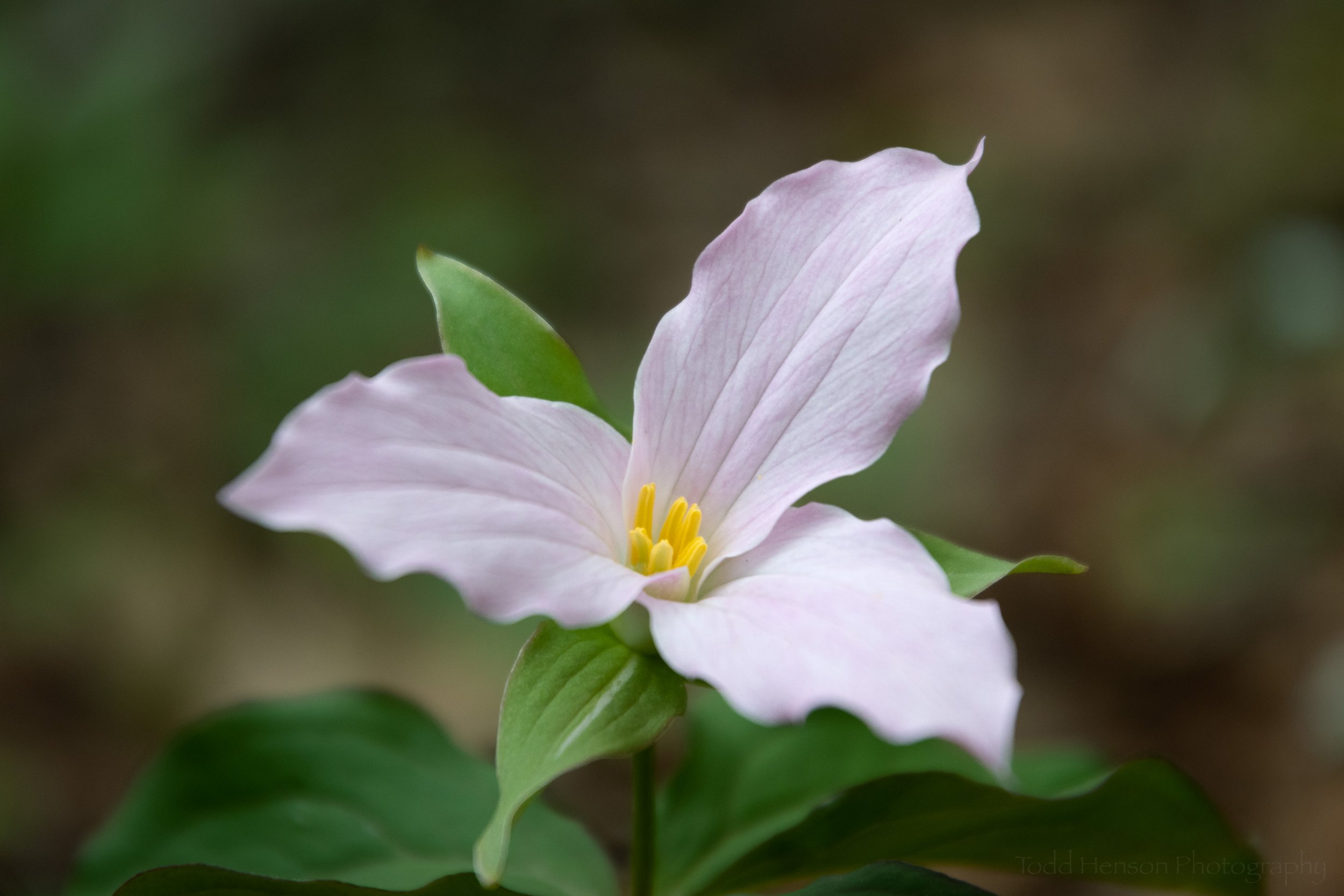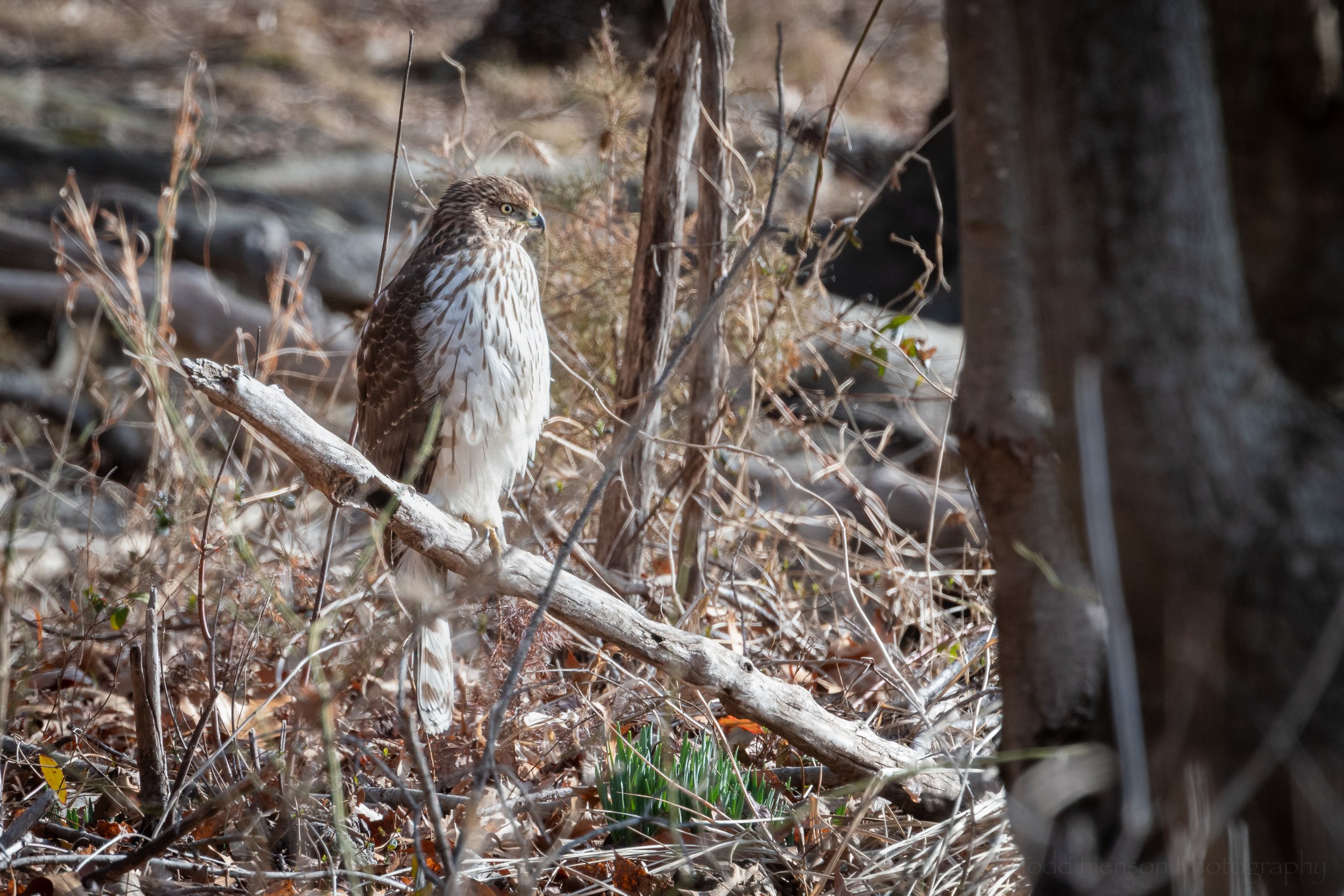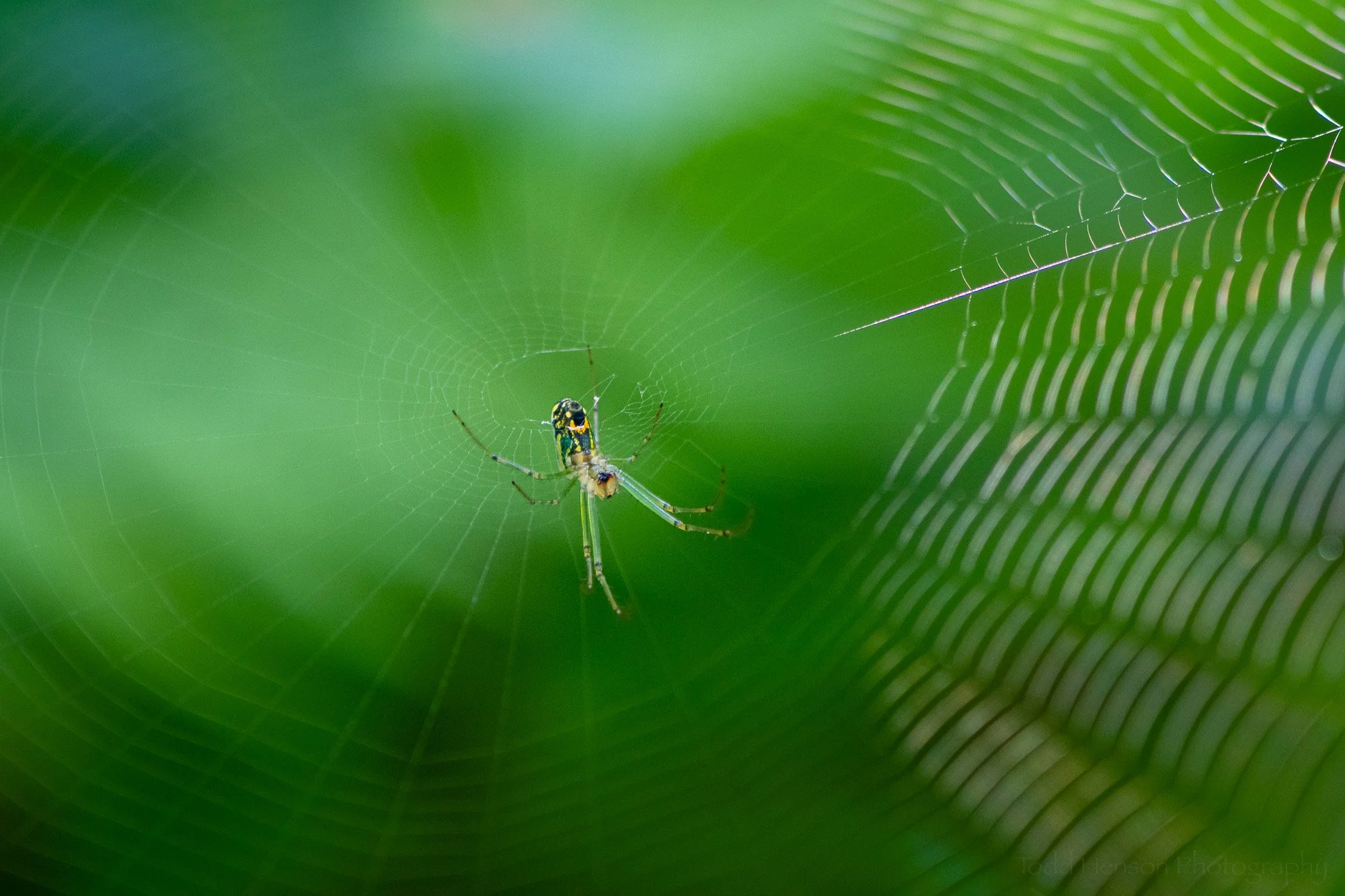Orchard orbweaver spider against the dark
I think I’ve always found spiders fascinating. And what’s even more fascinating? A spider on its web, of course! 😀
A colorful orchard spider
Here are 4 examples of orchard spiders I found in Prince William Forest Park (Virginia) in June of 2022. The first two are from June 4th and the last two are from June 25th.
Orchard orbweaver on its shiny web
I tried to find different perspectives to show you, though looking at them now I realize I didn’t capture any good photos of the back of the spider. Oh well, that gives me something else to look for on future hikes. And seeing as how orchard spiders are fairly common in this area there’s a good chance I’ll find plenty of opportunities.
Spotlighting an orchard orbweaver
The last photo isn’t the greatest from a technical perspective. It has a fair bit of noise and isn’t completely sharp. But I was looking for a particular mood to the image, with a somewhat dark spider spotlighted by the lighter circle of green in the background, and the web largely hidden from view. The environs were very dark so I had to boost the ISO which resulted in the noise. And my unsteady hands and any breeze hitting the web caused the lack of sharpness. But I’m still pleased with the image and I hope you enjoy it.
Do you enjoy these posts?
Sign up to receive periodic emails with updates and thoughts. Don’t worry, I won’t spam you. And please consider purchasing artwork or products from my online store, and using my affiliate links in the sidebar to the right when shopping online.
I appreciate your support!
